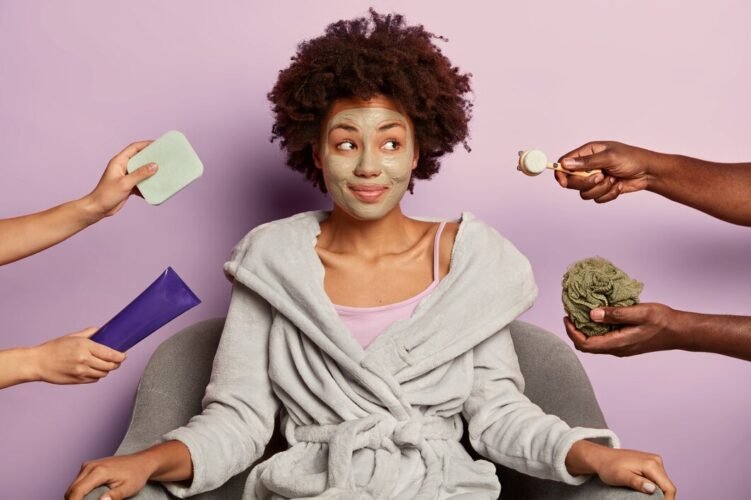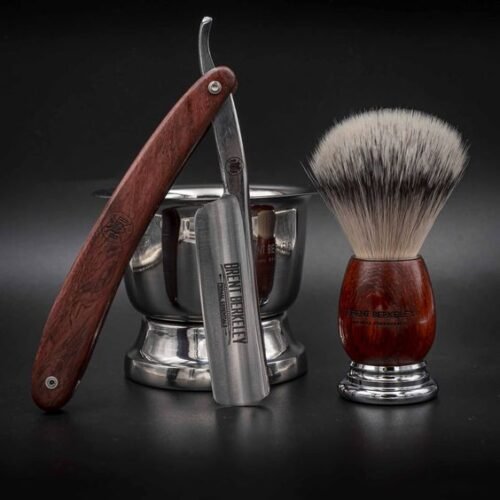Facial cleansing is the first and most important part of a skincare routine.
Like most skincare products, cleansers come in various types. Each type is designed for specific skin needs so that your daily routine aligns with your goals.
These are the various types of cleansers and a few general tips for the best results.
1. Gel Cleansers
Best For: Oily or combination skin.
It looks like gel. It feels like gel. It is gel.
Gel cleansers are typically water-based and have a clear or translucent consistency. Their texture is somewhat slippery and jelly-like.
These cleansers contain hyaluronic acid and glycerin as their main ingredients to hydrate the skin.
As such, they’re gentle and don’t strip the skin of its oil. They provide a refreshing and cooling sensation.
Gel cleansers are a safe option to start with.
2. Cream Cleansers
Best For: Dry skin and cold seasons.
Like gel cleansers, cream cleansers are also water-based.
But unlike gel cleansers, they have a thick and creamy consistency with a moisturizing effect. They are heavier than gel and lighter than oil cleansers.
These are a viable in-between option for those looking for something lightweight and moisturizing.
Cream cleansers are best for cold seasons when the skin needs that extra moisture.
3. Foaming Cleansers
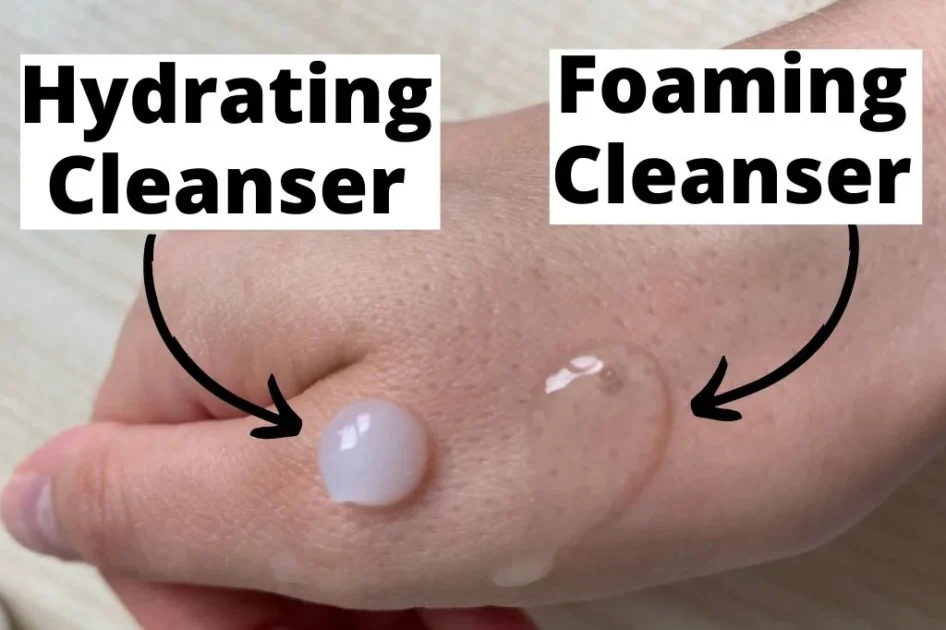
Best For: Oily and acne-prone skin. Effective at removing excess oil and impurities.
Foaming cleansers start off as gel or cream then boom… they burst into a rich, bubbly lather. The lather created helps to lift away oil and impurities.
These cleansers are effective at removing excess oil and sebum. They are an excellent choice for those with frequent acne breakouts.
The ingredients in foaming cleansers, specifically sodium lauryl sulfate, may be too harsh for sensitive skin. Check out for this.
If present, you may want to settle for something gentler.
4. Micellar Water
Best For: All skin types. Convenient for quick cleansing.
From the name, micellar water contains micelles to attract and lift away dirt, makeup and impurities.
As for the texture, we’ll place them somewhere in between foam and cream cleansers. They are light but have lots of cleansing power.
They are gentle and non-stripping and suit all skin types.
Micellar water cleansers are excellent for when you are on the go and don’t have access to your skincare products.
5. Oil Cleansers
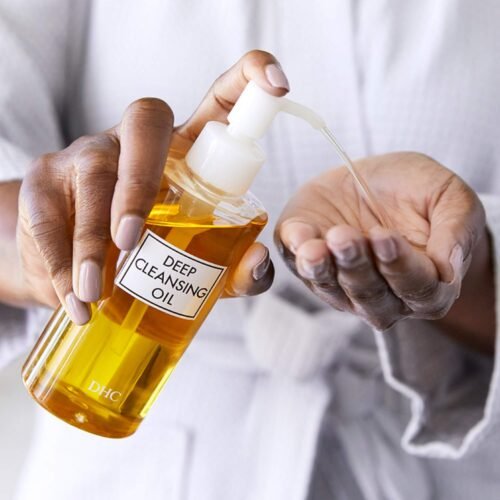
Best For: Dry or combination skin. Removing heavy makeup.
As their name probably suggests, oil cleansers are formulated with oil.
Contrary to popular belief, oil cleansers are gentle on the skin and are less likely to produce excess sebum.
They will rid the skin of excess dirt and impurities without drying it.
While these cleansers are compatible with different skin types, they are best suited for those with dry and sensitive skin.
6. Balm Cleansers
Best For: Dry Skin.
Balm cleansers are solid and waxy and melt into oil when massaged onto the skin.
They are perfect for people with dry skin. They dissolve excess impurities and sebum and leave the skin clean and silky.
7. Powder Cleansers
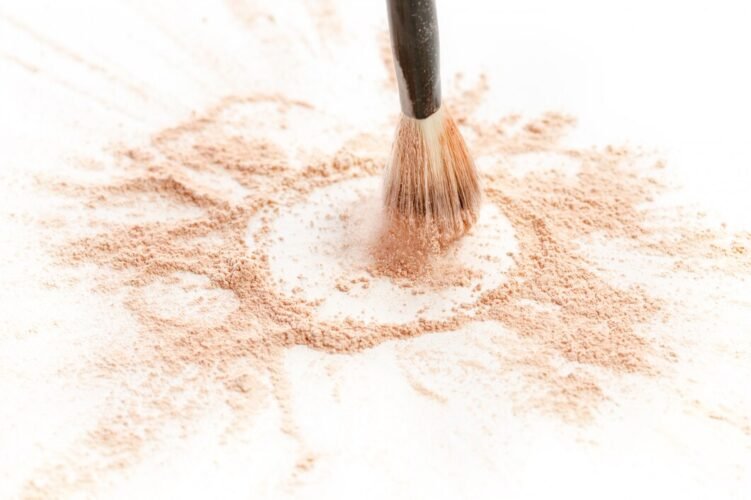
Best For: Exfoliating oily and acne-prone skin. Good for traveling.
Powder cleansers come in powdered form and you need to create a paste before using them. They are made using natural ingredients like oats, rice bran and baking soda.
Since they are oil-free, powder cleansers are excellent for those with oily or acne-prone skin. They are also perfect for traveling.
General Tips When Using Facial Cleansers
Here are some great tips for using cleansers to maintain a healthy and balanced skin.
- Know your skin type. Choose a cleanser that matches it for optimal results.
- Perform a patch test before incorporating a new cleanser into your routine. This helps check for any allergies or reactions.
- Check the ingredient list for potential irritants or allergens. If you have sensitive skin, opt for fragrance-free and hypoallergenic cleansers.
- Apply the right amount of cleanser (usually a pea-sized amount) to avoid over-cleansing and to make sure the product lasts longer.
- Consider double-cleansing if you wear sunscreen or heavy makeup. Use an oil-based cleanser first to break down makeup followed by a water-based cleanser.
- Massage the cleanser onto your face in gentle, circular motions. Avoid harsh scrubbing, as it can irritate the skin.
- If you wear makeup, pay extra attention to trouble spots like the hairline, jawline, and around the nose. These are areas where makeup tends to accumulate.
- Rinse thoroughly to remove all traces of the cleanser. Residual products can lead to dryness and irritation.
- After cleansing, pat your face dry with a clean, soft towel. Avoid rubbing your skin, as this can cause friction and irritation.
- If you use a toner as part of your skincare routine, apply it after cleansing to help balance the skin’s pH.
- Consistency is Key. Establish a consistent cleansing routine by doing it twice a day – in the morning and before bedtime – to keep your skin clean and refreshed.
Everyone’s skin is unique and it may take some time to find a cleanser that works best for you. Consult with your dermatologist if you have specific concerns or conditions. They will provide personalized guidance.

